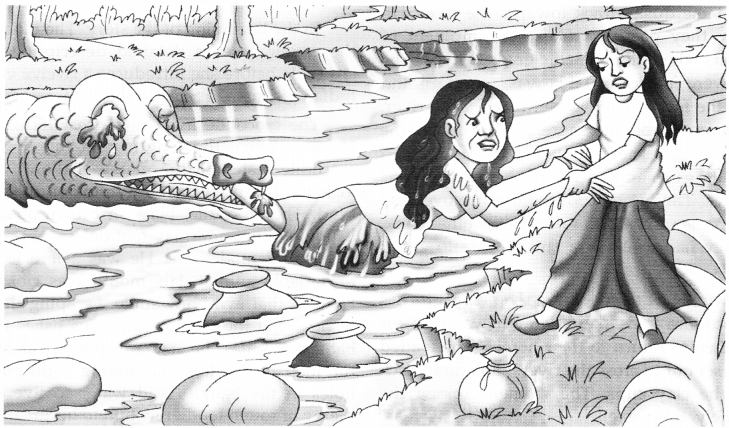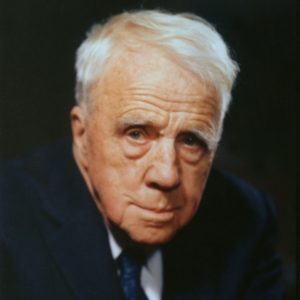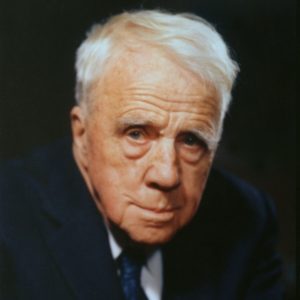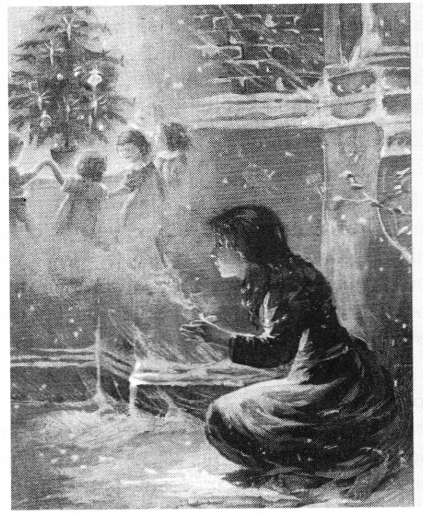We have decided to create the most comprehensive English Summary that will help students with learning and understanding.
My Greatest Olympic Prize Story Summary by Jesse Owens
My Greatest Olympic Prize Summary by Jesse Owens About the Author
James Cleveland or Jesse Owens was born on 12th September, 1913 in Oakville Alabama, IJ.S. He was the youngest of the ten children born to Henry Cleveland Owens and Marry Emma. He was called as J.C. When he was nine years old, his family moved to Ohio for better opportunities and when his new teacher asked his name, he replied J.C. which she understood as Jesse due to his Southern accent.
From then only he was known as Jesse. He took different jobs when he was young. At that time he realized his passion for running. He attributed his success to his junior high track coach at Fairmount Junior High School.He is recognized as the greatest and the most famous athlete in track and field history who won four time Ofympic gold medals in 1936 games, 100 meters, 200 meters, long jump and 4 x 100 meter relay in Berlin.
He was a sprinter and a long jump specialist. He set another three world records and tying another in less than an hour at the 1935 Big Ten Track meet in Ann Arbor, Michigan and nobody has ever been able to equal this record. He is counted as the most successful athlete who crushed the Hitler’s myth of ‘Aryan supremacy’. He was not called to shake hands with the President at White House due to his race. He was ranked as the sixth greatest North American athlete of the 20th century by ESPN.
My Greatest Olympic Prize Summary of the Story
Jesse Owens, the son of a sharecropper has written this story to share his Olympic experience and the friendship he won. He has achieved what no other Olympian before him had accomplished. It was the time when the patriotic feeling was at its top in Germany. Hitler was of the view that the Nazis were the highest race among others. He denied accepting that any ‘Black’ could ever win the race or be successful.
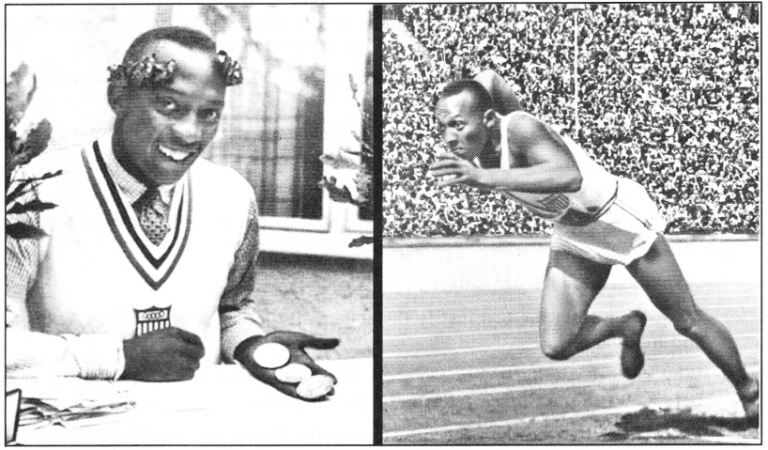
This had a great impact on Jesse Owens who was an African-American athlete. Initially, he didn’t bother about all this as he had faith in his abilities but when he saw Luz Long, he was surprised by his performance. He expressed his determination to win the medal and prove to the world who was superior and who was not. He referred to the anger he showed against Germans which resulted in faults in trials.-He failed twice in the qualifying jumps. Luz Long appeared on the scene and asked him the reason which bothered him.
Luz Long spoke to Jesse in encouraging words and advised him to mark a line few inches behind the board and take off from there. Owens felt relaxed and confident. Luz Long knew that if Owens won, it would mar his chances of winning the gold medal but he took the risk and continue to urge him. This made Owens to win the medal and set a stunning record and he has been remembered as the best athlete in Olympic history. But Owens feels that his friendship with Luz Long was greater than that of all the medals he won. The friendship ended only when Luz Long was killed in World War II.
My Greatest Olympic Prize Summary Theme
“My Greatest Olympic Prize” deals with the friendship of Owens and Luz Long.
Another important thing that has been emphasized is that one should not loose temper or display anger even at the time of adversity. To remain cool and calm is the greatest key to success. Anger only leads to failure and this happened with Jesse Owens also when he committed fowls.
Apart from this one must give ears to opponents also which Owens did. He was least bothered about German’s hostile feelings towards him and listened to Luz Long’s advice. Yes frustration did raise its head high when Owens failed twice in the qualifying jumps but soon it was overcome after talking to Luz Long.
The anti-rivalry feelfngs also found space in the essay when Luz Long became the first person from the opponent team to congratulate Jesse on his historic win. Also determination, dedication and devotion are must to achieve something. Jesse’s mind was occupied with only one thought and that was winning the gold medal.It also deals with Hitler’s Aryan Superiority theory which was prevailing high at that time when Hitler was in power.
My Greatest Olympic Prize Summary Characters
Jesse Owens
Jesse Cleveland Owens was a black American athlete and four time Olympic gold medalist in 1936 games. He possessed such qualities which are incomparable. He had that heroic quality which pushed him to go to Berlin and won the Gold Medal beating the so called Nazi (Master) race in their country in the same stadium in which Hitler was present and was in power that time. He showed Hitler that he was not inferior. He utilized his capability to the fullest and became an inspirational force all. He possessed emotions as well as physical strength both at the same time.
He belonged to a humble background but nothing proved to be a barrier in his dreams and he pursued his dreams till they were fulfilled. Nothing could shake his spirit. It encouraged others too. He displayed his best at every place wherever he got opportunity. He was emotionally attached to Luz Long who made him stronger at the time when he needed it the most. He was not worried about the hostile feelings among the Germans. He was too determined to his commitments. Setting three world records and tying a fourth in only forty five minutes was not an easy task but Jesse did it. He was vested with the natural quality of leadership also.
Luz Long
Luz Long was a German and had been trained in Nazi youth school, though he did not believe in Nazism. He was brought with the hope to win the medal for Germany. He had the true spirit of sportsmanship. That’s why when he saw Owens in trouble and worried, he extended his hand to help him. Instead of seeing him as a rival, he was friendly with Owens. He proved to be Owens’ true guide; he respected him and considered him as his equal.
Although he also had pressure on himself, yet he helped Jesse in coming out of distress. He already knew that Owens was a record holder and he did not feel shy even for a moment for not helping him. When Owens went to his room on the night of trials to thank him, he welcomed him warmly and spent two hours with him. Nor he adopted any foul means to win the medal. He was a good human being.
He took himself just as a participant and winning was only a matter of chance and efforts. Even after losing the game, he did not develop any rivalry towards Jesse. Rather he congratulated Jesse with a firm handshake in front of Hitler when Jesse won the gold medal. He showed exuberant courage to befriend Jesse in front of his leader.
My Greatest Olympic Prize Summary Word-Meanings
- sophomore – high school student
- startled – shocked
- disgustedly – unpleasantly
- chiseled – well cut face
- ebb – flow away
- epitome – a perfect example.
